Evolution of Traditional Massage Techniques in South Asia
The history of massage in South Asia is a rich tapestry woven with the threads of tradition, healing, and spirituality. This ancient practice, deeply rooted in the region’s cultural heritage, has evolved over millennia, influenced by various philosophies and medicinal practices. The evolution of traditional massage techniques in South Asia is a testament to the enduring quest for physical and spiritual wellness that has been a hallmark of these cultures.
In the cradle of civilization, the Indus Valley, archaeological findings suggest that as early as 3000 BCE, principles of Ayurveda, the traditional system of medicine in India, were being formulated. Ayurveda, which translates to “science of life,” places significant emphasis on the balance of the body, mind, and spirit. Massage, or ‘Abhyanga’ as it is known in Sanskrit, is a critical component of Ayurvedic medicine. It utilizes a variety of oils infused with herbs tailored to the individual’s constitution or ‘dosha’. The techniques employed in Abhyanga are designed to nourish the skin, stimulate the internal organs, and promote relaxation and healing. The rhythmic strokes and pressure applied during the massage are believed to activate the body’s energy pathways, or ‘nadis’, enhancing overall vitality.
As the practice of Ayurvedic massage spread throughout South Asia, it encountered and assimilated elements from neighboring cultures. With the advent of Buddhism in the region, around the 6th century BCE, the therapeutic touch took on a new dimension. Buddhist monks, who traveled from India to countries like Sri Lanka, Thailand, and Tibet, carried with them not only their spiritual teachings but also their knowledge of healing practices. In these new lands, the Ayurvedic techniques merged with local traditions, giving rise to distinct forms of massage that were reflective of the region’s unique cultural and medicinal practices.
In Thailand, for instance, traditional Thai massage, also known as ‘Nuad Thai’, developed as a synthesis of Ayurvedic principles and Chinese acupressure techniques. This form of massage is characterized by its use of passive stretching and gentle pressure along the body’s energy lines, known as ‘sen’. It is often described as a “passive yoga” for its ability to enhance flexibility and relieve tension. The practice is deeply connected to Thai medicine and is considered a spiritual exercise, with the masseur performing in a meditative state, invoking the healing power of ‘metta’ or loving-kindness.
Similarly, in Sri Lanka, the traditional practice of ‘Hela wedakama’ or Sri Lankan Ayurveda, has been shaped by centuries of indigenous knowledge and the island’s rich biodiversity. The massage techniques here are often accompanied by the use of local medicinal plants and herbs, which are abundant in the tropical climate. The oils and balms prepared from these natural resources are integral to the massage, providing both therapeutic and aromatic benefits.
The evolution of traditional massage techniques in South Asia is not merely a historical journey; it is a living tradition that continues to thrive and adapt. Today, these ancient practices are increasingly being integrated into modern wellness regimens, attracting people from all over the world seeking holistic healing and relaxation. The global recognition of South Asian massage techniques as both an art and a science underscores their enduring legacy and the timeless human pursuit of harmony and health.
As we trace the history of massage in South Asia, it becomes evident that the practice is much more than a series of physical manipulations. It is a philosophy, a way of life that has been passed down through generations, constantly evolving while staying true to its core principles of balance, healing, and tranquility. The traditional massage techniques of South Asia stand as a testament to the region’s profound understanding of the human body and its connection to the cosmos, a wisdom that continues to benefit humanity in its quest for well-being.
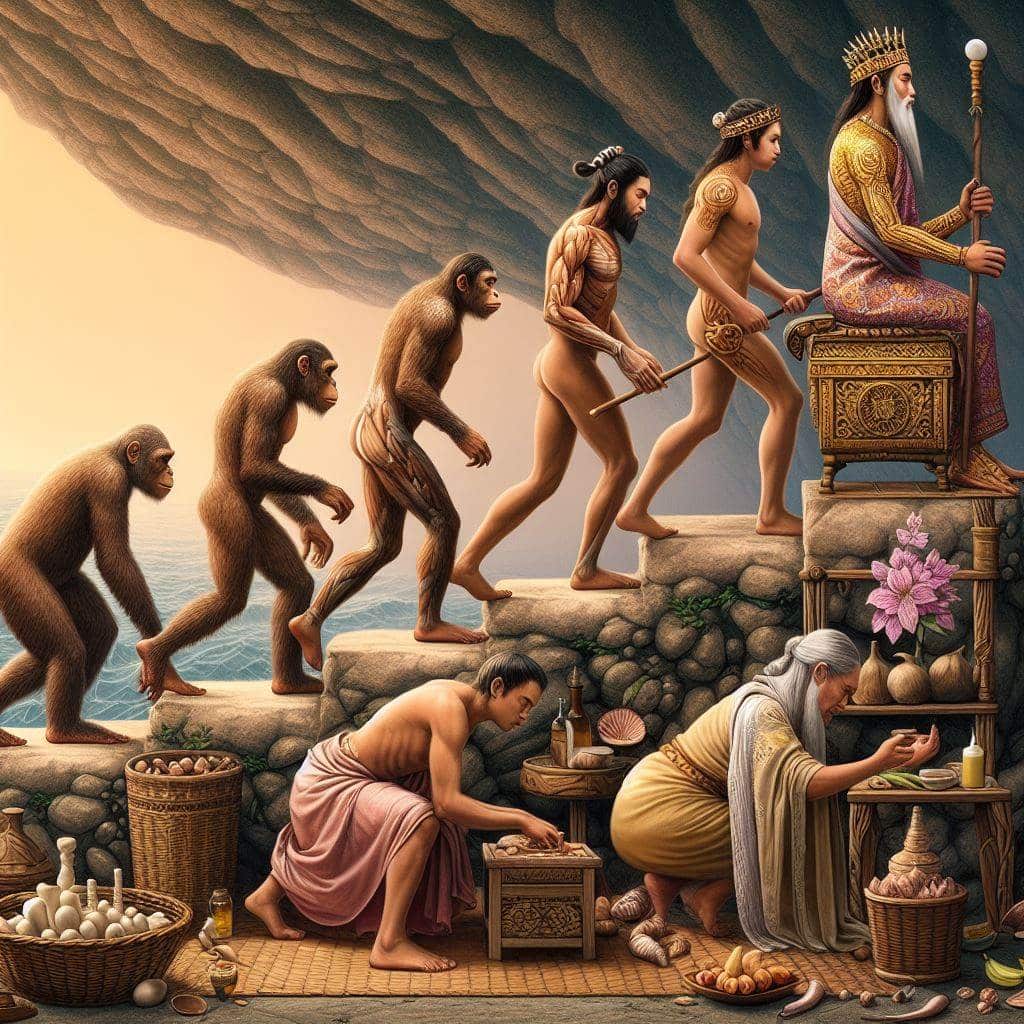
Influence of Ayurveda on South Asian Massage Practices
The history of massage in South Asia is deeply intertwined with the ancient healing system of Ayurveda, a holistic approach to health and wellness that has been practiced in the Indian subcontinent for thousands of years. Ayurveda, which translates to “science of life,” is a comprehensive system that encompasses not only physical health but also mental and spiritual well-being. It is within this broad and intricate framework that the art of massage has been cultivated and refined, becoming an integral part of South Asian therapeutic practices.
Ayurvedic massage, known as Abhyanga, is one of the key modalities used to maintain health and treat various ailments. This practice is based on the understanding that the human body is composed of three fundamental bodily humors or doshas: Vata, Pitta, and Kapha. Each individual has a unique balance of these doshas, which determines their physiological and psychological characteristics. Ayurvedic massage aims to balance these doshas through the use of specific oils, movements, and techniques tailored to the individual’s constitution.
The influence of Ayurveda on South Asian massage practices is evident in the meticulous selection of oils and herbs used during the massage. These substances are chosen based on their properties, which are believed to be beneficial for balancing the doshas and promoting the body’s innate healing capabilities. For instance, sesame oil is commonly used for its warming and grounding properties, making it suitable for pacifying Vata dosha. Similarly, coconut oil, with its cooling effect, is often preferred for balancing Pitta dosha.
Moreover, the techniques employed in Ayurvedic massage are designed to stimulate vital points in the body known as marma points. These points are considered to be junctions of life force energy, and massaging them is thought to release blockages and enhance the flow of energy throughout the body. The gentle yet firm kneading, tapping, and stroking movements are not only soothing but also serve to detoxify the body by stimulating lymphatic drainage and improving circulation.
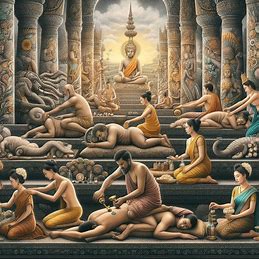
The practice of Ayurvedic massage extends beyond the physical manipulation of muscles and tissues. It is a holistic treatment that also addresses the emotional and spiritual aspects of an individual. The serene and meditative environment in which the massage is performed, often accompanied by the soothing sounds of traditional music or chants, contributes to a sense of tranquility and inner peace. This immersive experience is designed to harmonize the mind, body, and spirit, leading to a state of deep relaxation and rejuvenation.
Furthermore, the influence of Ayurveda on South Asian massage practices is not confined to the Indian subcontinent. Over the centuries, these practices have spread and adapted across the region, influencing massage traditions in neighboring countries such as Sri Lanka, Nepal, and Bhutan. Each culture has incorporated its own local customs and healing herbs into the practice, creating a rich tapestry of massage techniques that are both diverse and unified by their Ayurvedic roots.
In conclusion, the history of massage in South Asia is a testament to the enduring legacy of Ayurveda. The principles of this ancient healing system have profoundly shaped the way massage is practiced, emphasizing the importance of balance, personalized care, and the integration of body, mind, and spirit. As Ayurvedic massage continues to gain popularity worldwide, its roots in South Asian tradition remain a cornerstone of its philosophy and practice, offering a timeless approach to health and well-being that transcends cultural boundaries.
Historical Development of Therapeutic Massage in South Asian Cultures
Title: History of Massage in South Asia
The historical development of therapeutic massage in South Asian cultures is a rich tapestry woven with the threads of tradition, spirituality, and healing practices that have evolved over millennia. The art of massage in this region is not merely a form of bodily manipulation for relaxation but is deeply entrenched in the philosophical and medicinal systems that have shaped the lives of its people.
In the cradle of civilization, the Indus Valley, archaeological findings, such as the remnants of the ancient cities of Harappa and Mohenjo-Daro, provide evidence of a society that valued cleanliness, water, and possibly even forms of bodywork akin to massage. As we traverse through time, the earliest written records in the form of Ayurvedic texts, such as the Charaka Samhita and Sushruta Samhita, dating back to around 1500 BCE, offer a more concrete glimpse into the practices and principles of therapeutic massage in the region. Ayurveda, the traditional system of medicine in India, incorporates massage as a crucial component of its holistic approach to health and wellness, emphasizing the balance of the body’s energies through various techniques and herbal oils.
The influence of Ayurveda and its massage traditions spread throughout South Asia, permeating the cultures of neighboring countries. In Sri Lanka, for instance, traditional Sinhalese medicine developed its own unique form of massage, known as Hela Wedakama, which has been passed down through generations and remains an integral part of the island’s healing practices.
Similarly, in the Buddhist traditions that flourished across South Asia, massage was revered as a healing art. Historical texts and depictions in ancient temples, such as the Ajanta Caves in India, illustrate the Buddha himself receiving massage. This reverence for massage was carried along the Silk Road and through the spread of Buddhism to other parts of Asia, including Tibet and Thailand, where it was assimilated into local healing customs.
The Mughal Empire, which ruled over much of South Asia from the 16th to the 19th century, also played a significant role in the evolution of massage practices. The opulence of the Mughal courts saw the integration of Persian and Unani medicine, which included massage as a form of luxury and a means to maintain health. The royal hammams, or bathhouses, were not only places of cleansing but also centers for socializing and receiving various body treatments, including massage.
As colonial powers such as the British East India Company and the British Raj established their presence in South Asia, Western medical practices were introduced, leading to a complex interplay between indigenous and foreign healing methods. Despite the imposition of Western medicine, traditional massage practices continued to thrive, often blending with or persisting alongside the new influences.
In the contemporary era, the global resurgence of interest in holistic and alternative therapies has brought renewed attention to the traditional massages of South Asia. Ayurvedic massage, for instance, has gained international recognition for its therapeutic benefits, leading to a proliferation of wellness centers offering authentic South Asian massage experiences around the world.
The history of massage in South Asia is a testament to the enduring human pursuit of health and well-being. From ancient scriptures to modern spas, the practice of therapeutic massage has transcended time, serving as a bridge between the past and present, and as a reminder of the region’s profound contributions to the healing arts. As we continue to explore and honor these traditions, the legacy of South Asian massage remains a vital part of the cultural heritage and a cherished means of nurturing the body and spirit.

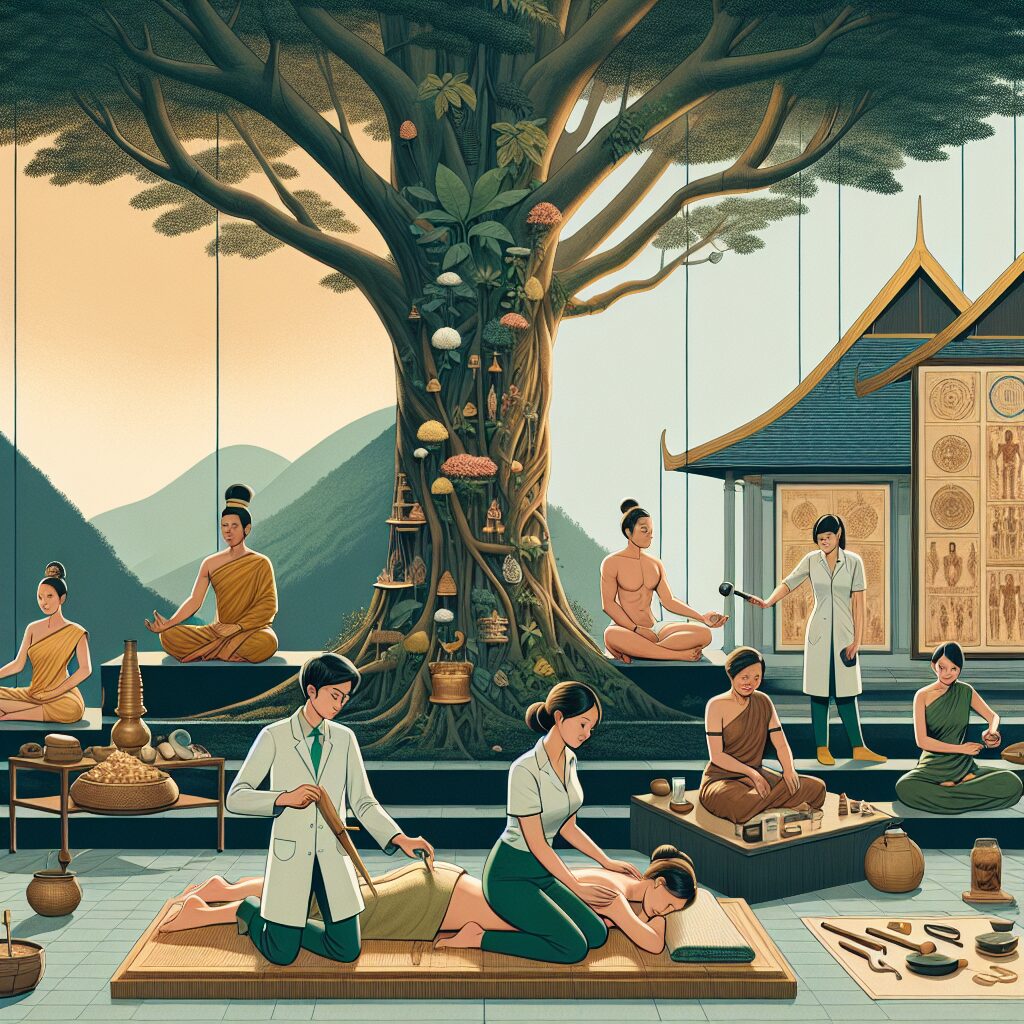
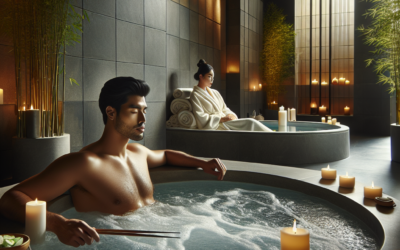
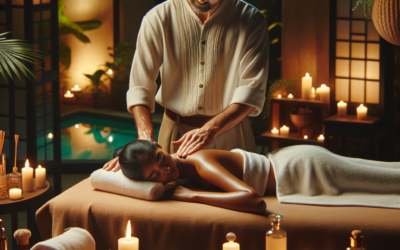

0 Comments